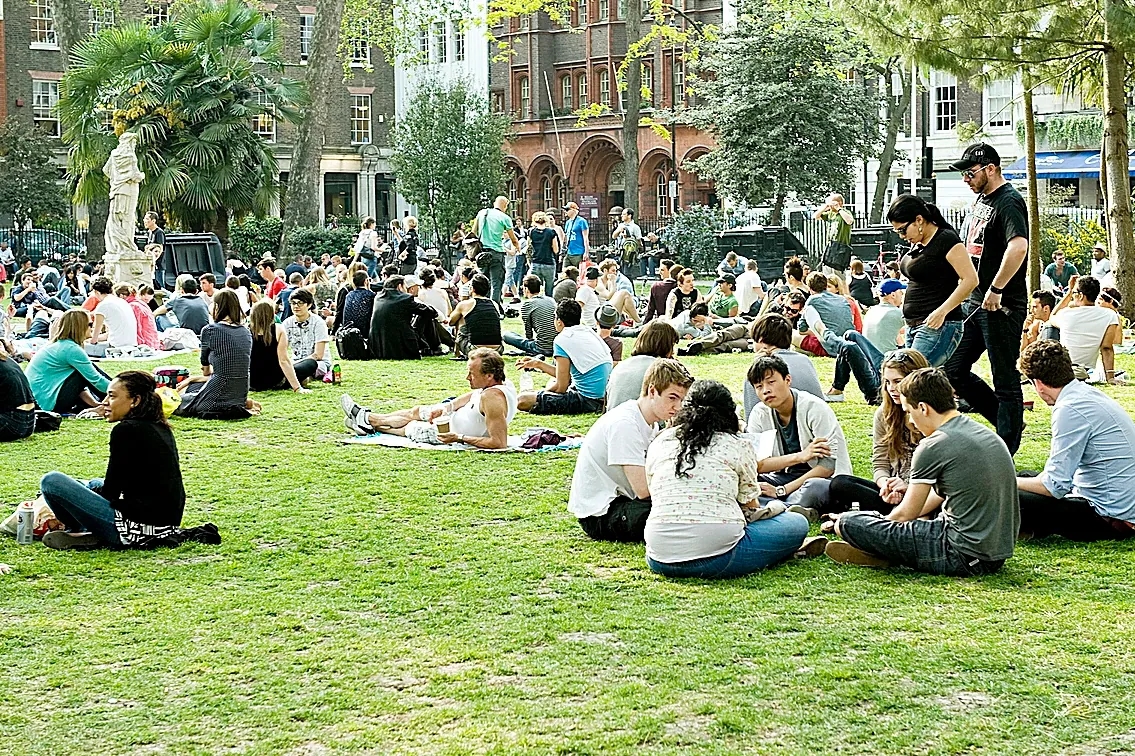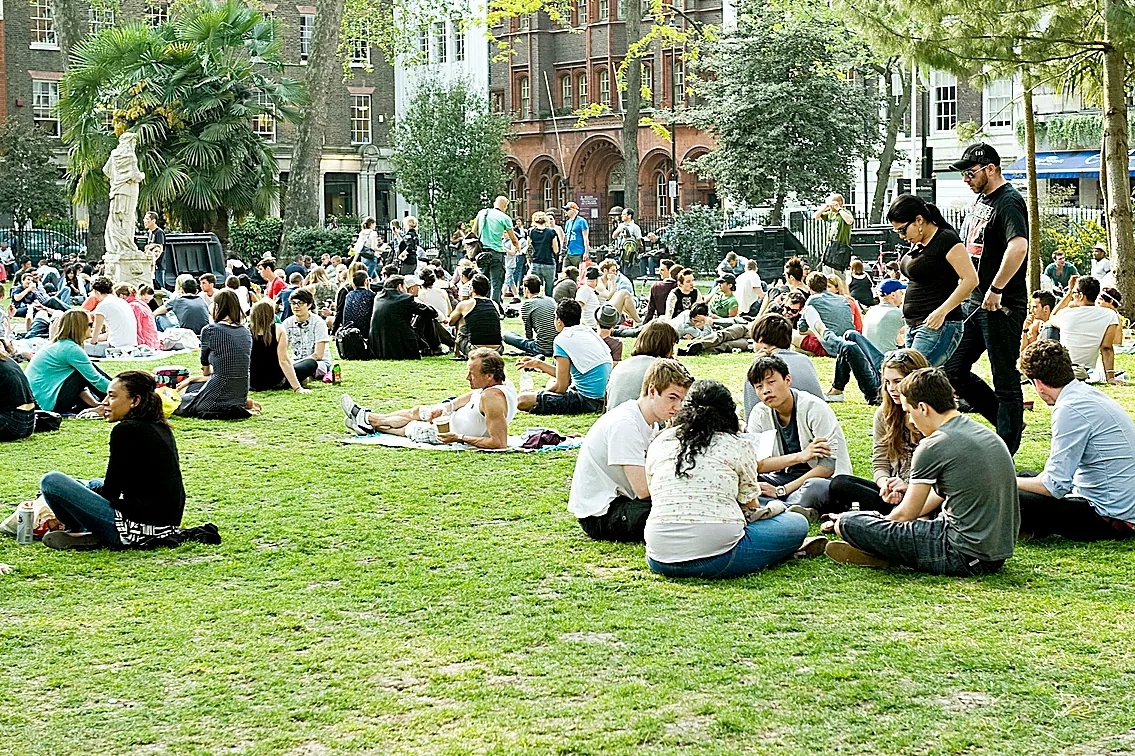The new trend among young people: becoming far-right.

The intellectual energy of the new, more radical right-wing movements attracts young people. These movements question liberal-democratic norms and disdain institutions and universities.
It's becoming increasingly clear that young people are doing well. Well, perhaps not entirely well, but certainly getting better at least when it comes to their political opinions, of course. (Whether they're doing well overall remains unclear, unfortunately.)
In all polls on both sides of the Atlantic, young people identify with right-wing parties, movements, and ideas and vote for them . But we're not just talking about the moderate or traditional right, but also populist, anti-immigrant, and reactionary forces . These movements question liberal-democratic norms, disdain institutions like traditional media and universities, and despise the political establishment .
Curtis Yarvin , the blogger and computer engineer whose ideas helped give rise to Trump 2.0 , is dubbed the godfather of the most iconoclastic faction of these young right-wingers who operate primarily online. He has recently begun calling the "new right"—as the most radical and inflexible faction is usually known—the "young right" due to the growing importance of its junior members. As always, there is another level of complexity.
Gender gapAs John Burn-Murdoch of the Financial Times has shown, the political gender gap among Generation Z – young people aged 13 to 28 – is so wide that it might make more sense to think of it as two different generations rather than one, given that Generation Z women are more "liberal" and men are more "conservative".

Therefore, the "young right" might be better understood as the "young male right." The progressive left—both young and old—sometimes displays a disdain for traditional liberal values of free speech and open debate. And while this younger, newer, male right might share some of the old right's views on immigration and nationalism —and increasingly on "Judeo-Christian values"—it is often more interested in dismantling the existing order than in preserving it.
Given the panic surrounding young people's flirtation with fascism , this distinction is important. One of the main reasons young people are veering not just to the right, but to the radical right or even the far right, is their intellectual energy: a fresh effervescence of ideas about how we organize society. This appeals to young people seeking something to excite them and something that feels like a break—a rebellion—from the beliefs of their liberal and rigid parents.
And although there are many prominent theorists on the right who offer radical ideas - Yarvin himself argues that democracy should be replaced by monarchy - there is a clear deficit of such thinkers, or even of new ideas, on the left.
Critiques of modernityYoung people who once raved about Noam Chomsky 's arguments on the manufacture of media consent are now immersed in the Nietzschean critiques of modernity by the right-wing pseudonymous writer Bronze Age Pervert and his enthusiasm for pre-civilizational masculinity. But the gender gap isn't the only intragenerational divide: surveys suggest another significant disparity between older members of Generation Z, who finished their studies before the 2020 pandemic, and younger ones, who finished them afterward.
This latter group leans further to the right than its predecessors. In a Yale University poll this year, 18- to 21-year-olds supported Republicans by almost 12 percentage points more than Democrats , while 22- to 29-year-olds supported them by about six percentage points. Meanwhile, young Britons aged 18 to 24 are also turning their backs on the traditional left: in the 2024 election, fewer 18- to 24-year-olds voted for Labour than a large segment of the middle-aged population.
And although only 9% voted for Reform UK , that figure is likely to rise in future elections: in the latest John Smith Centre youth poll, more than a quarter of 16- to 29-year-old men said they were “sympathetic” to Reform (compared to 15% of young women). However, they are unlikely to vote: in a recent YouGov poll for the Tui Foundation , only 60% of young Britons aged 16 to 26 agreed that democracy was preferable to other forms of government, while 18% agreed that “in certain circumstances, an authoritarian form of government is preferable to a democratic one.”
The old adage that "if you're not a liberal when you're young, you have no heart; if you're not a conservative when you're old, you have no brain" no longer holds true, unless we believe that young people lack heart. What we see is a disillusioned generation, one that doubts liberal democracy can achieve anything worthwhile. We need fresh, new thinking, as well as a free and open environment in which to test, debate, and question it, to demonstrate that it still can.
© The Financial Times Limited [2025]. All rights reserved. FT and Financial Times are registered trademarks of Financial Times Limited. Redistribution, copying, or modification is prohibited. EXPANSIÓN is solely responsible for this translation and Financial Times Limited
Expansion





